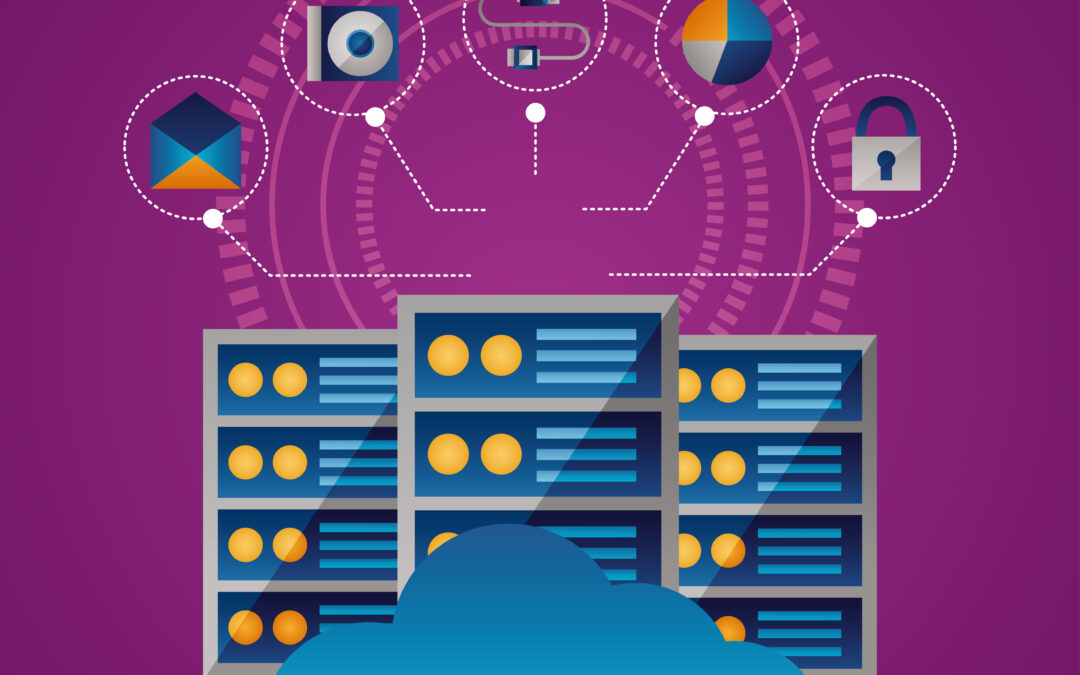In today’s digital age, cloud computing has become the backbone of modern businesses, providing the necessary infrastructure that supports a wide array of applications and services. The cloud offers scalability, flexibility, and cost-efficiency, making it a popular choice for enterprises looking to streamline their operations and reduce IT costs. However, as the demand for cloud services continues to grow so does the need for more powerful and efficient cloud architectures. Leveraging computing power is crucial to enhancing cloud architecture, enabling organizations to meet the increasing demands of their customers while maintaining optimal performance and security.
The Evolution of Cloud Architecture
Cloud architecture has evolved significantly over the past decade. In the early days, cloud infrastructure was primarily based on virtual machines (VMs) that provided a layer of abstraction over physical hardware. This could allow for better resource utilization and flexibility, as multiple VMs could run on a single physical server. However, as cloud services grew increasingly complex and resource-intensive, traditional VM-based architectures began to reveal limitations in scalability, performance, and efficiency.
To address these challenges, cloud providers began to adopt containerization technologies such as Docker and Kubernetes. Containers provide a lightweight and portable way to package and deploy applications, allowing for faster scaling and more efficient use of computing resources. This shift from VM-based to container-based architectures marked a significant step forward in the evolution of cloud architecture, enabling organizations to build and manage cloud-native applications more effectively.
The Impact of AI and Machine Learning on Cloud Architecture
AI and machine learning are among the most demanding workloads in terms of computing power, and their impact on cloud architecture is profound. As more organizations adopt AI and ML to drive innovation and improve decision-making, cloud providers increasingly focus on optimizing their architectures to support these workloads.
One of the key challenges of running AI and ML workloads in the cloud is the need for massive amounts of computational resources to train models. Training AI models involves processing large datasets, which can be time-consuming and resource-intensive. To address this challenge, cloud providers are investing in specialized hardware, such as TPUs (Tensor Processing Units) and FPGAs (Field-Programmable Gate Arrays), which are designed specifically for AI and ML workloads. These accelerators provide the necessary computing power to train AI models more quickly and efficiently, enabling organizations to bring their AI-driven products and services to market faster.
In addition to specialized hardware, cloud providers are also leveraging distributed computing techniques to enhance their AI and ML offerings. By distributing workloads across multiple servers and data centers, cloud providers can process large datasets in parallel, significantly reducing the time it takes to train models. This approach also improves fault tolerance and reliability, as workloads can be rerouted to different servers in the event of a failure.
Security Considerations in Cloud Architecture
As cloud architecture becomes more powerful and complex, security becomes a top priority for organizations. Leveraging computing power to enhance cloud architecture also involves implementing robust security measures to protect data and applications from cyber threats. This includes encryption, multi-factor authentication, and advanced threat detection technologies to safeguard sensitive information.
One of the key security challenges in cloud architecture is ensuring data privacy and compliance with regulations. As organizations increasingly rely on cloud services to store and process sensitive data, they must ensure that their cloud architecture complies with industry standards and regulations, such as GDPR (General Data Protection Regulation) and HIPAA (Health Insurance Portability and Accountability Act). Cloud providers address this challenge by offering security features, such as data encryption, access controls, and audit logs, to help organizations meet compliance requirements.
Conclusion
The future of cloud architecture lies in leveraging advanced computing power to overcome the limitations of traditional VM-based systems. By adopting containerization, microservices, edge computing, and AI/ML, organizations can develop cloud environments that are more scalable, efficient, and high-performing. These advancements not only boost the capabilities of cloud services but also empower businesses to meet the increasing demands of the digital era. As cloud computing continues to evolve, the ability to harness and optimize computing power will be a key factor in achieving long-term success.


